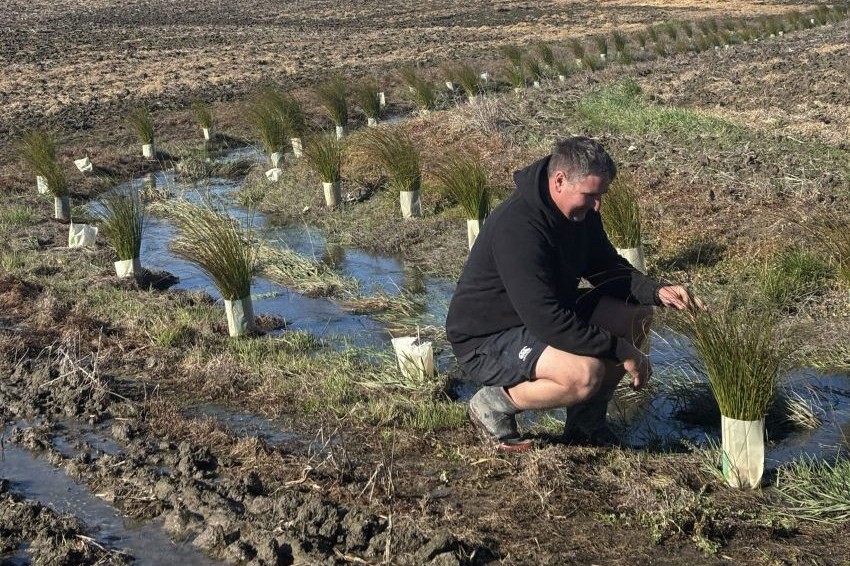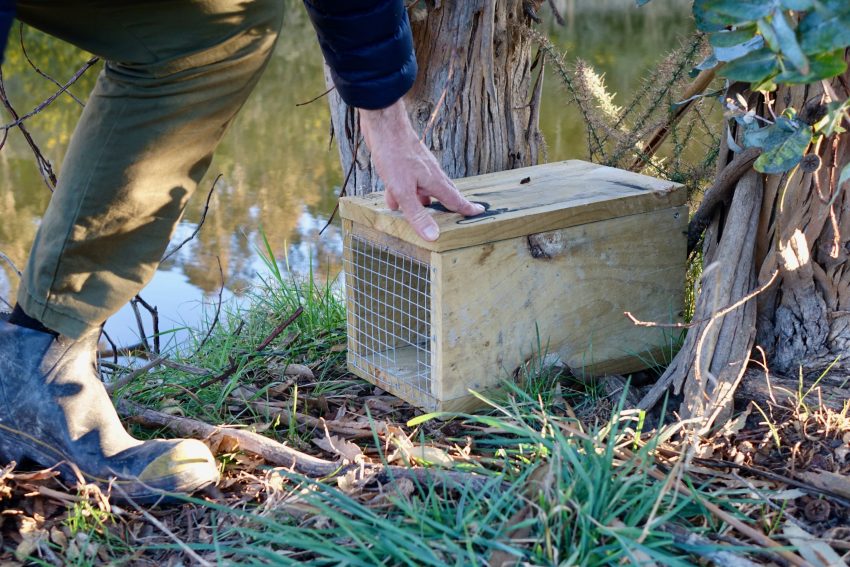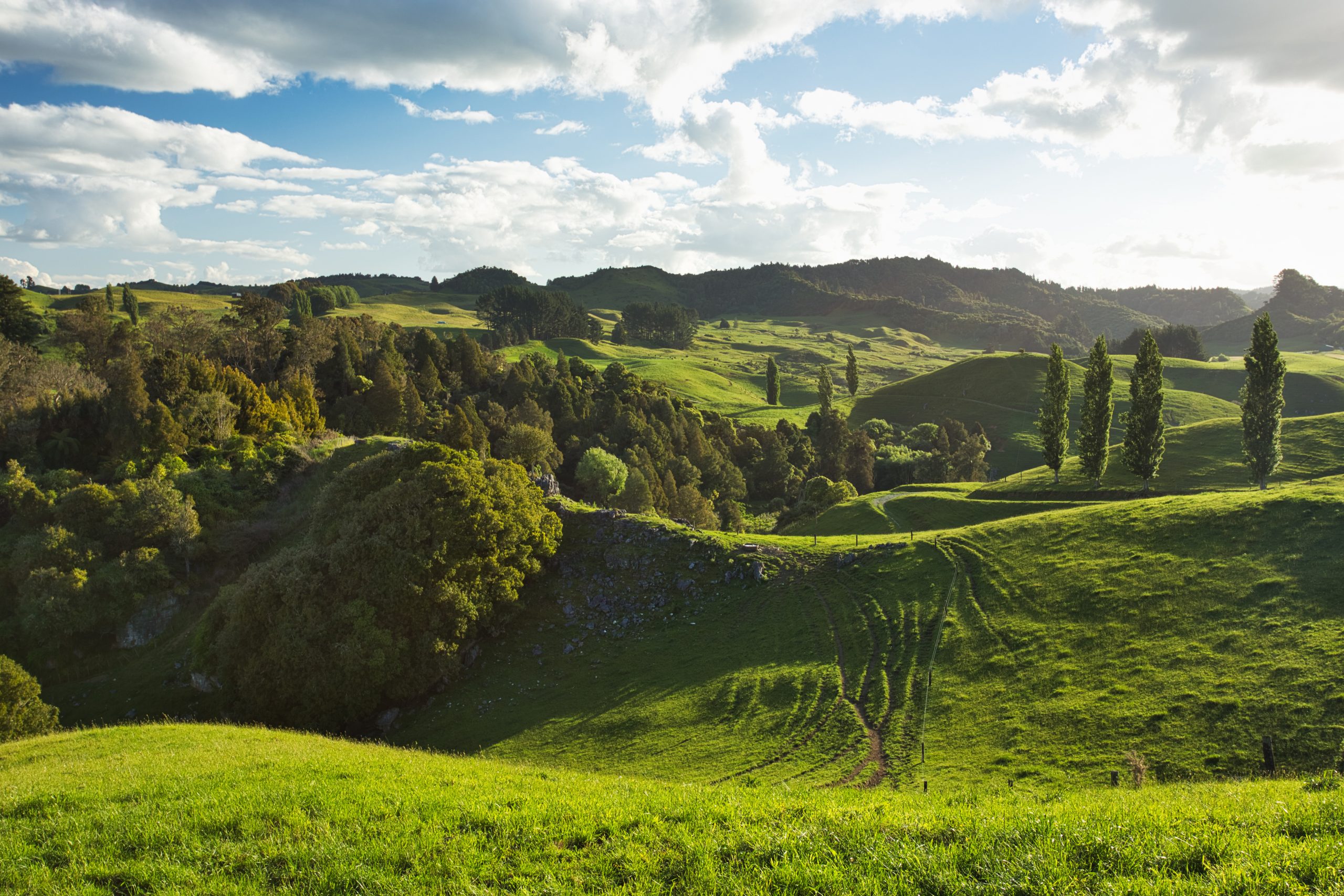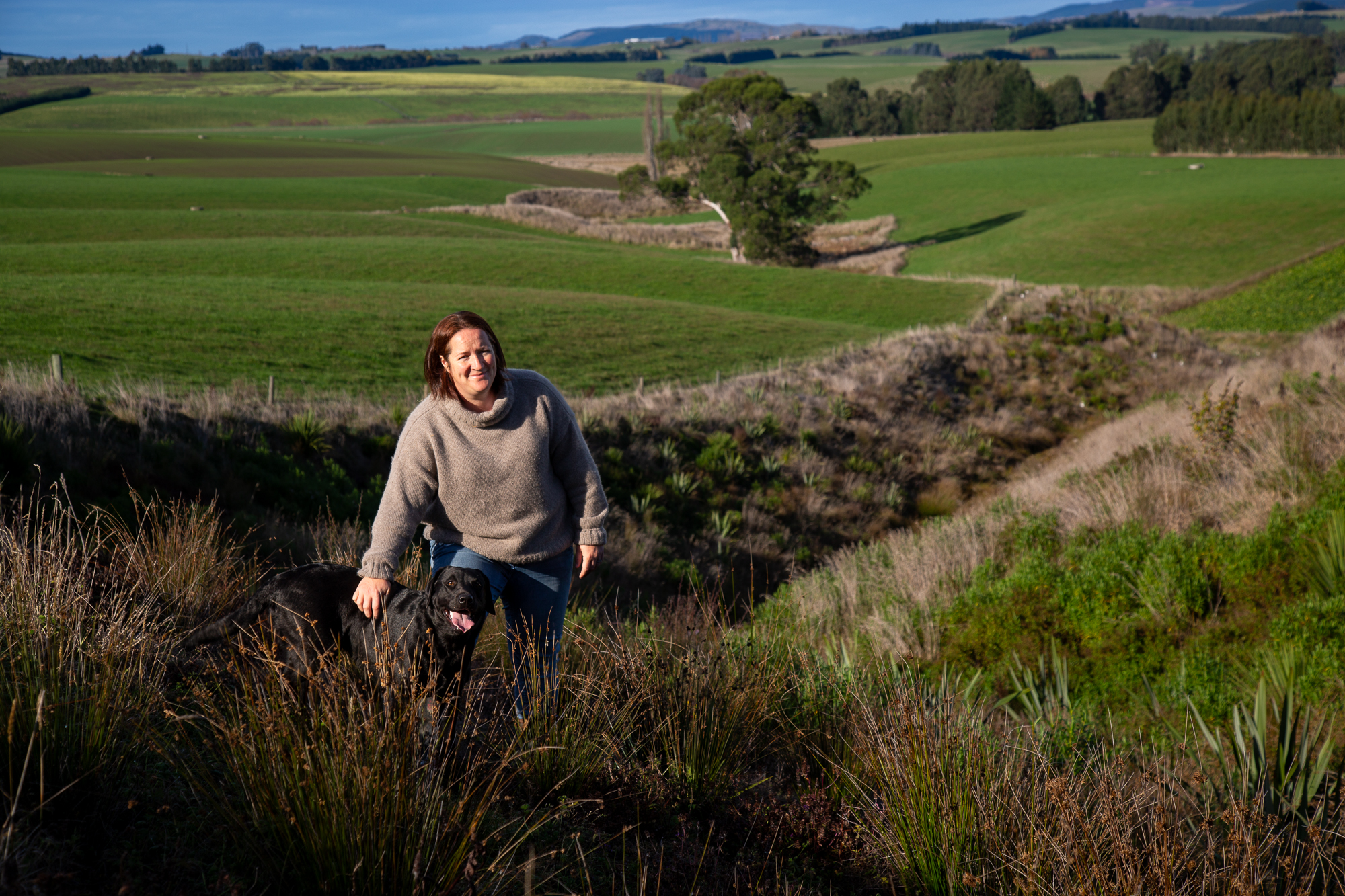By: Joanna Grigg
To the end of November only 270 farmers had taken up the option to query the classification of their land in the Low Slope Land Viewer Map. This is the ‘line-in-the-sand’ map that will underpin the Stock Exclusion Freshwater regulations (2020).
While there is no deadline to respond, Beef + Lamb NZ (B+LNZ) and Federated Farmers are calling for farmers to visit the Ministry for the Environment website and respond.
Sam McIvor, B+LNZ chief executive, reported in his CEO Update that the organisation strongly encourages farmers to provide feedback if their land is incorrectly identified as low-slope, as this will support advocacy efforts.
The online submission form is found on the ministry’s freshwater webpage, and gives landowners the chance to pinpoint holdings that may be incorrectly marked as low-slope, and set down for stock exclusion. These shaded areas show what the ministry considers to be low-slope land, meaning beef cattle and deer must be excluded from lakes and rivers over one metre wide in these areas, from 1 July 2025.
It can be challenged on three main grounds: that the land parcel is either high slope; it’s low slope but extensively grazed with no potential for intensification; or low slope but at high altitude. The altitude considered as ‘high’ is not specified.
The maps shade land with an average slope less than or equal to 10 degrees across the land parcel, or area of land parcel used for grazing. Some steeper land is captured in the areas mapped if the average slope of the whole land parcel is less than 10 degrees.
A spokesperson for the ministry says the information will be reviewed by officials, as they look at options to ensure the low-slope maps are fit for purpose.
Farmers concerned that marking these land parcels will alert their local council to issues can be assured that the information will be used ‘only as stated’.
The spokesperson says officials will engage with councils about this work and will not pass on any farm-scale information.
It encouraged land managers to respond as soon as they can, as the more information and examples it has, the better the options the ministry can develop.
In July 2020 the ministry released a summary of the method used to identify the low-slope land. It’s tough reading for a layperson, with references to exploding polygons as part of geo-processing.
The gist of it is that everything inside the Land Cover Database 5 was included, then roads, built-up areas and waterways taken out. Parcels of land were identified (typically bigger than paddocks or land management units) and the average slope for each primary parcel or part parcel was calculated. All land parcels with a mean slope of less than or equal to 10 degrees were selected.
The important words are ‘mean slope’ – meaning there could be steep and low land, averaging out in a way that makes it eligible.
Land parcels were chosen as the unit of measurement because they provide a readily available boundary with clear ownership or management responsibility, the ministry states.
The high slope parcels were then revisited. Low slope areas within high slope parcels were separated out and added in. Polygons with an area greater or equal to two hectares were selected. A combination of topographic maps and satellite imagery were used.
What resulted is a map that includes the majority of farm land as low slope.
The ministry is asking for feedback from farmers to better understand the scale of the issues and to help identify solutions. B+LNZ believes that, as a solution, the map should be replaced with a general rule. Regional councils would then be empowered to give effect to the rule. This could be through either a 10-degree-slope trigger at the paddock scale or by undertaking their own regional mapping, B+LNZ says.
Visit the web page HERE.





